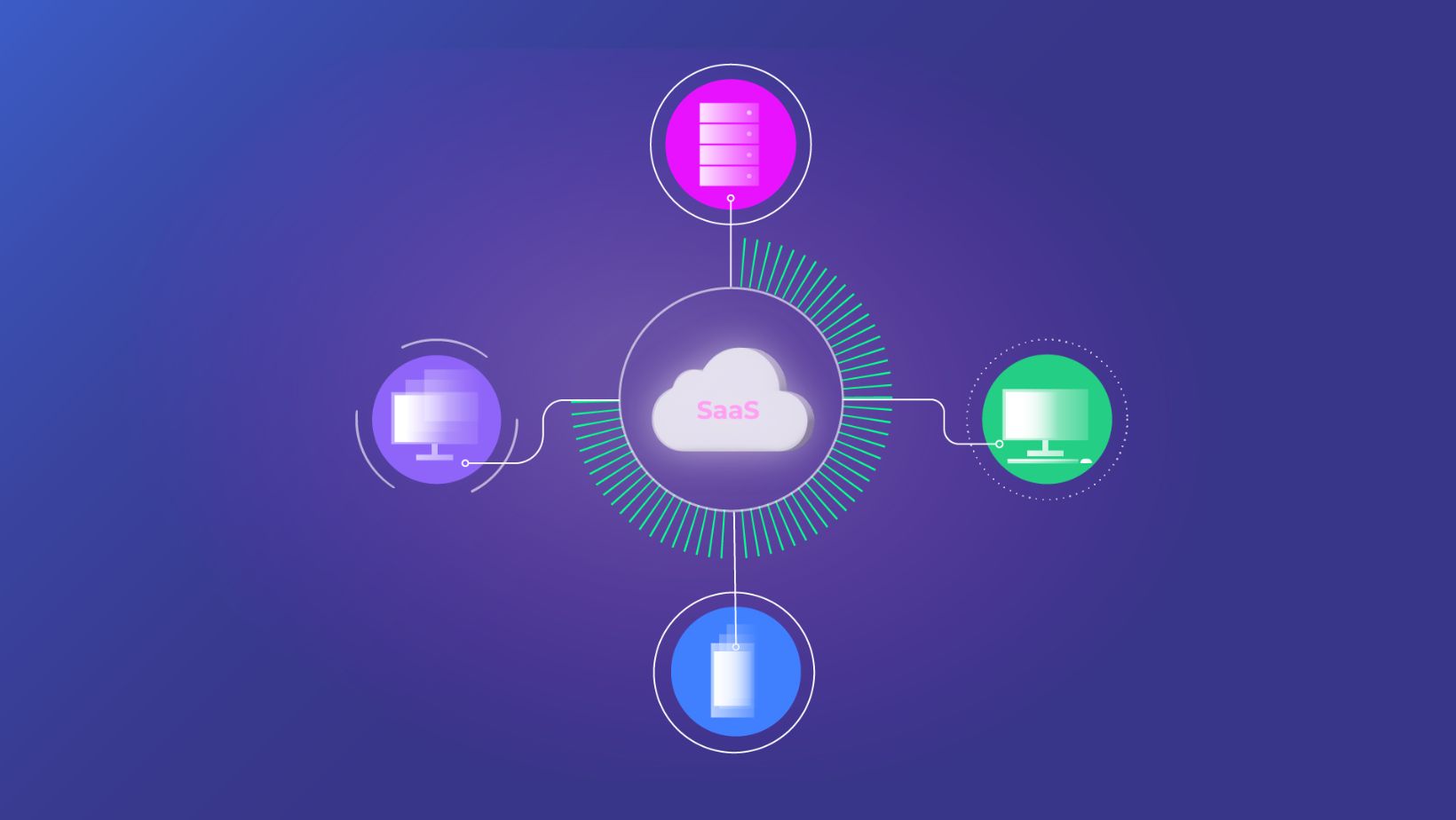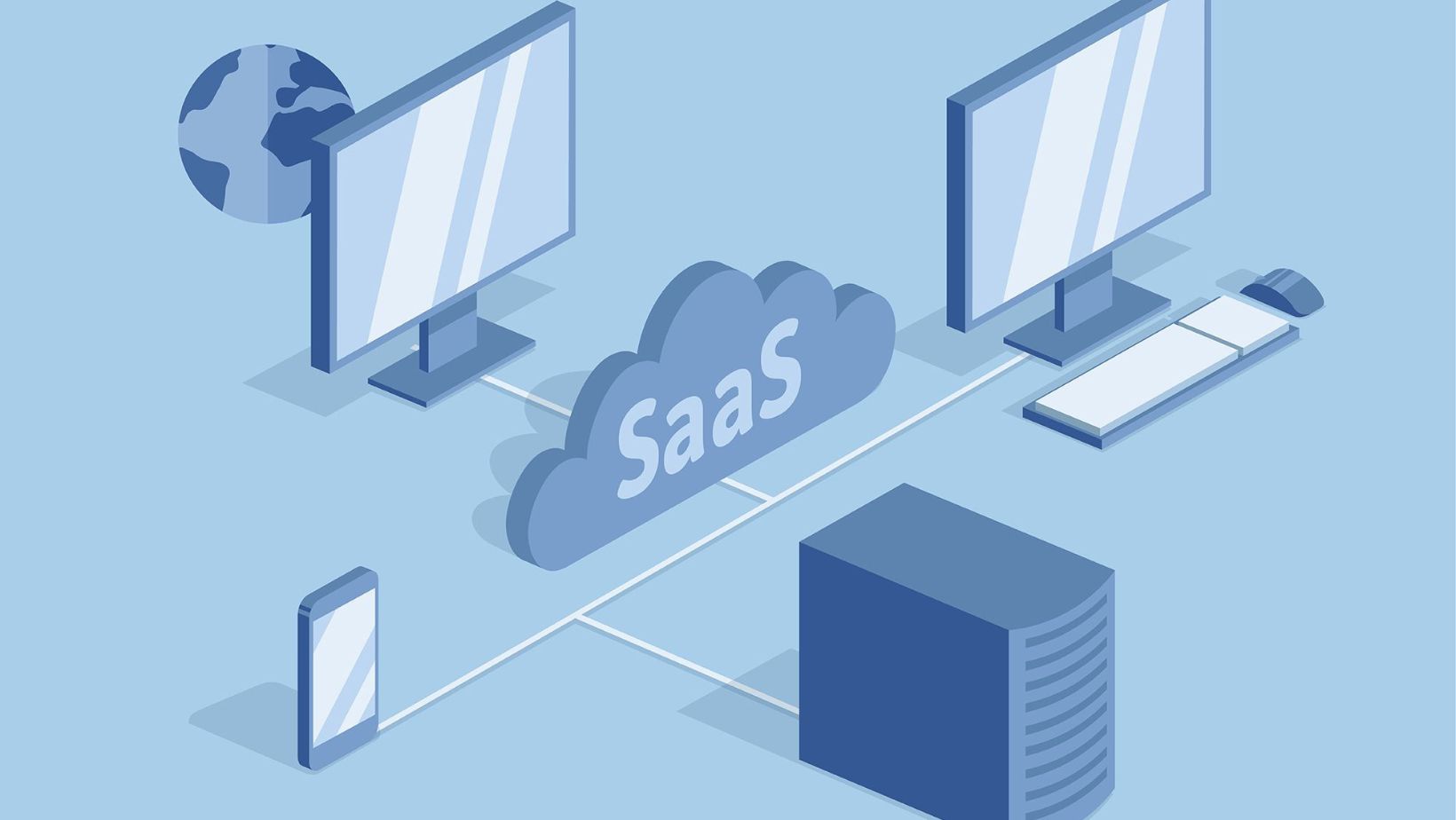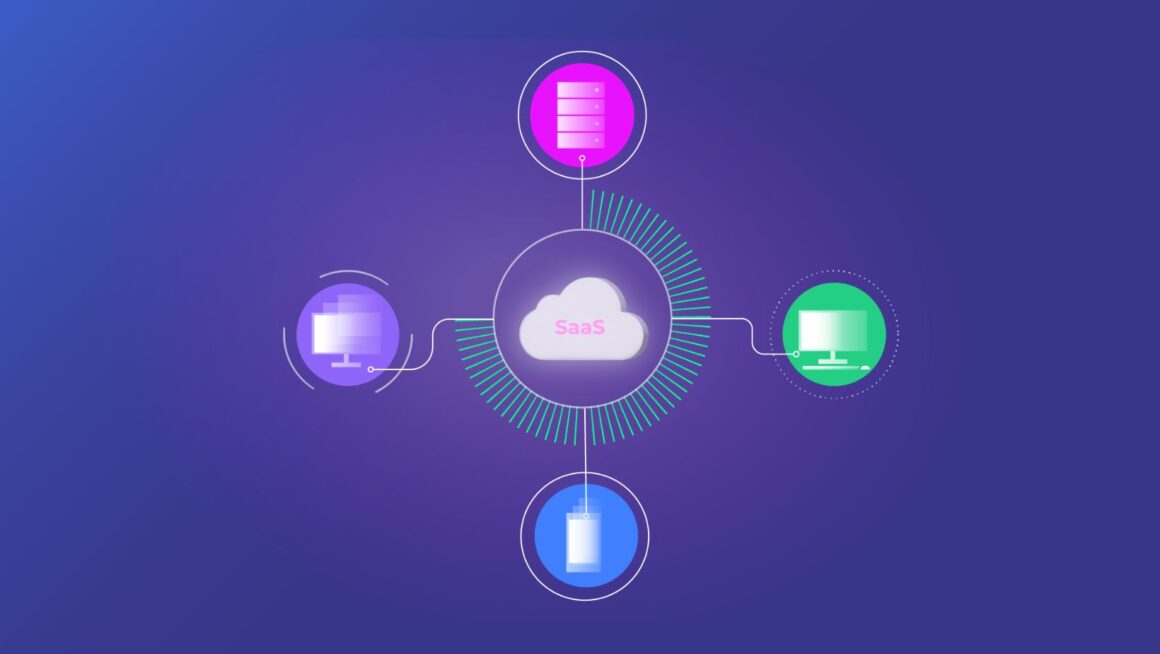 Data is the most transferred asset in the digital space. Improper data transfers lead to security breaches, compliance issues, data loss, and corruption. The operational inefficiencies from improper data transfer influence smooth company operations. Many enterprises expect their cloud and SaaS data migrations to be fast and efficient.
Data is the most transferred asset in the digital space. Improper data transfers lead to security breaches, compliance issues, data loss, and corruption. The operational inefficiencies from improper data transfer influence smooth company operations. Many enterprises expect their cloud and SaaS data migrations to be fast and efficient.
Robust enterprise-level integrations are invaluable for effortless multi-platform data transfers. They ensure that companies migrate and synchronize data and reduce disruptions.
Great Enterprise-Level Data Movement Practices
Advanced cloud and SaaS platforms optimize business performance and reduce security risks. The best strategies ensure seamless integrations. Enterprises can streamline data transfers with these five strategies.
Prioritize Compliance and Security
Advanced cybersecurity threats require companies to protect their data. Organizations moving data between SaaS and cloud systems must leverage advanced technologies. End-to-end encryption secures data from altering and malicious actors during transit and at rest. Zero-trust architecture uses multi-factor authentication technology to ensure only authorized parties have access. Enterprises should handle data migrations and integrations according to SOC 2, GDPR, HIPAA, and other regulations.
Proxies are indispensable solutions for optimizing data privacy and security during transfers and platform integrations. They provide advanced anonymity and security layers to maximize data security. Datacenter proxies can mask the original data transfer requests, protecting sensitive data from manipulation. They ensure smooth and effortless data breach mitigation.
Optimize Your Data
Enterprises have dozens of projects and processes concurrently ongoing. Delayed data transfer can disrupt operations and lead to late project completions. Enterprises transferring data for cloud and SaaS integration can leverage incremental data syncing. This strategy supports syncing updated or new data instead of initiating full transfers.
It uses compression techniques to streamline and speed data transfer. Reducing file size supports fast transfers with minimal bandwidth usage. Additionally, leveraging CDN computing can ensure timely data deployment close to end users for proper access.
Automating Workflows
Enterprises can automate workflows to scale data movement across SaaS and cloud platforms. Automation tools simplify complex processes, reducing manual work and errors. Data synchronization, backups, and migrations deployed at scheduled intervals or in real time reduce downtime and optimize consistency. Organizations can use AI-powered tools to optimize data routing. This strategy helps identify the most affordable and fastest data movement paths based on network conditions.
Automated monitoring systems flag issues and ensure smooth workflows. Automated workflows enable companies to manage huge datasets across locations and systems without requiring more resources. Both technologies can automate data enrichment, transformation, and cleansing. They can reduce manual interventions and time wastage. Automation also supports continuous data accessibility and updates, ensuring real-time decision-making.
Choose a Robust Integration Strategy
Enterprises have many SaaS data integration strategies to deploy. Manual integration is labor-intensive and error-prone, requiring more time. It is never suitable for large-scale integrations but rather for one-time efforts or small-scale deployments. Custom integration lets enterprises customize the data migration to meet specification requirements. The strategy requires ongoing maintenance and programming expertise, making it costly and resource-intensive.
ETL tools are robust tools for extracting data from diverse sources. They can transform the data to the most supportable format and load it to your target system. It is excellent for large-scale integration, especially data warehousing projects. Middleware solutions sit between the multiple SaaS platforms. They have pre-built connectors and can simplify lengthy and complex integration processes. Many SaaS apps use robust application programming interfaces (APIs) to support direct data transfers. Some APIs use real-time automation and integration, which requires technical expertise.
Implement Scalable and Flexible Solutions
Your data migration needs to grow and evolve with time. Use data integration and transfer strategies that accommodate future growth. The best data integration solutions can grow with your company. They can handle more complex and voluminous datasets as time changes. They should have the capacity to handle complex datasets without a hassle.
Consider data migration platforms that support customization. The platform should adapt to changing business requirements. Modular integration systems support adding and modifying components. The approach minimizes the influence on existing processes.
Conclusion
Enterprise-level data transfer for SaaS and cloud integration requires robust strategies and practices. Automating workflow data migration ensures that enterprises can achieve timely and efficient results. Companies can streamline data synchronization and enhance data migration security. It ensures consistent data transfer across platforms, reducing operational costs and manual intervention.
Optimizing data enables fast and efficient transfer for seamless and effortless SaaS and cloud integration. Scalable and flexible migration platforms let enterprises advance their migration needs as their companies grow. A robust integration strategy with unaltered compliance with industry regulations can safeguard your enterprise against data breaches and other risks.


